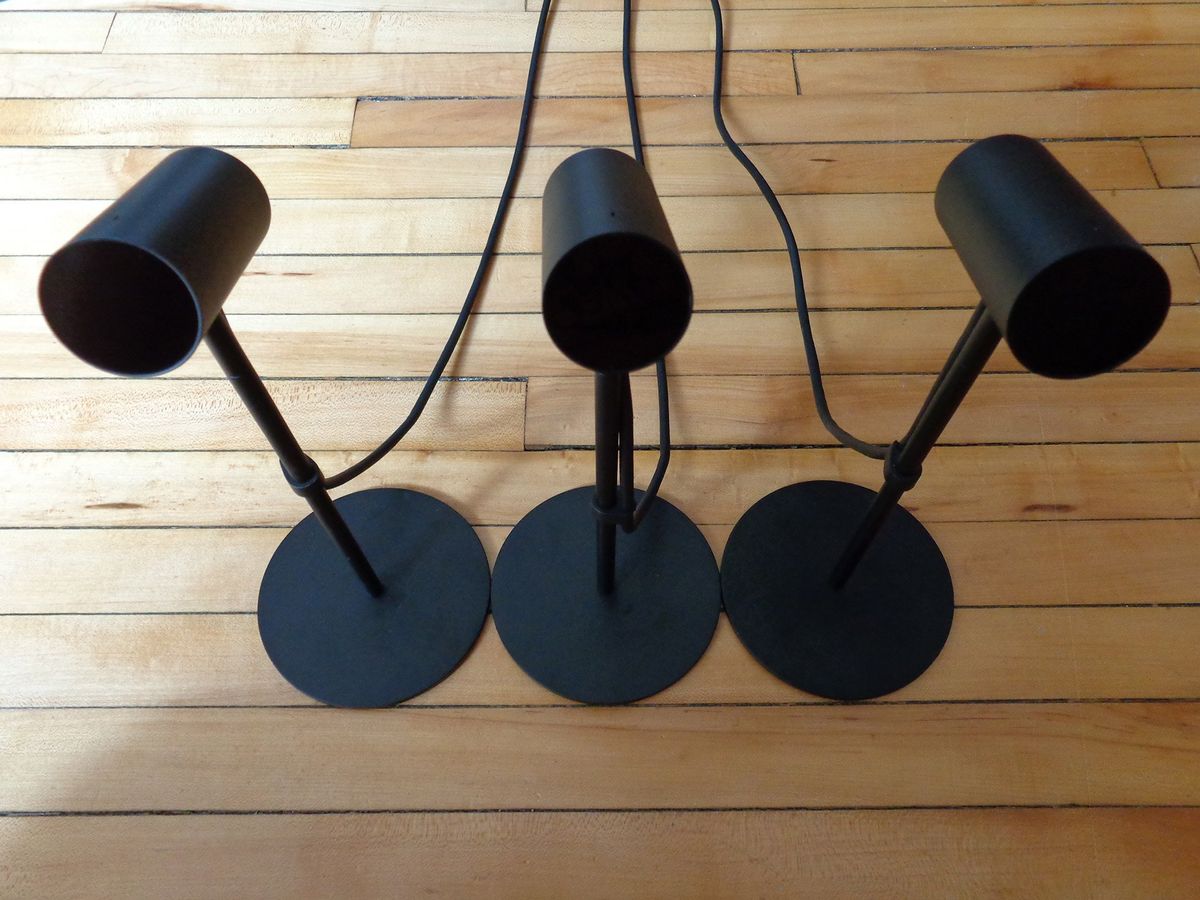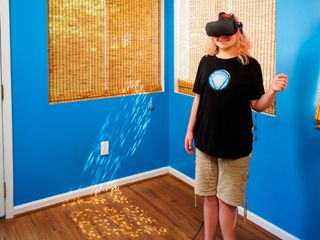
The Oculus Rift is one of the premier VR systems on the market today, employing a quality headset, Touch motion controllers, and external sensors for solid tracking and deep immersion. While the Rift originally used two sensors, the addition of Touch and room-scale support has upped the count to three sensors, with four often a topic of debate. Does it make a huge difference when it comes to tracking performance? Is it worth the extra $60 that a sensor costs on its own? Here are three big reasons why you might need to complete the quartet.
1) A fourth sensor makes sense in a huge VR space


If you've already tried out a room-scale Rift setup with three sensors, you might have run into the common issue of touchy placement. There needs to be two sensors between three and six feet apart at the front of your room — usually placed around your monitor — and another sensor at the back of the room, off to the side. The back sensor is best used about 10 feet away from the front sensors.
Although you can bypass the warning during room-scale setup, you might notice tracking isn't as good as it could be when the sensors are too far apart. If you have a large VR space, something we all dream about, you've likely already imagined a fourth sensor picking up the slack near the back of the room.
2) A fourth sensor makes sense if you mostly play room-scale games

The three-sensor setup — two at the front and one at the back, off to the side — leaves one corner of the room that suffers from a distinct lack of tracking. When playing room-scale games, I usually know when I've become turned around and I'm facing the corner without a sensor.
If you usually play standing or sitting games, you should be able to get by just fine with three sensors. However, if you're someone who primarily plays games best enjoyed with a room-scale setup, a fourth sensor can definitely make a difference while you're moving around the room, and will no doubt be worth the money.
3) A fourth sensor makes sense if you play VR games competitively

With the 2017 release of Echo Arena, we were shown a brand new type of competitive VR gaming. If you haven't already tried it out, do yourself a favor and grab this free game, which is soon having a shooter component added. Matches are fast and tense, and you need a perfect setup so that you don't miss out on a key play in the last seconds of a game.
Part of a perfect setup for competitive gaming is indeed a fourth sensor. You'll experience fewer problems with tracking, and you might be able to take your game to the next level, no matter what you're playing.
Get the Windows Central Newsletter
All the latest news, reviews, and guides for Windows and Xbox diehards.
Plugging in four sensors and a Rift
With the addition of a fourth sensor, you're going to need five USB-A ports on your PC. That's a lot of ports, especially if you're using a laptop. There is also the classic problem of USB controllers not being able to handle what the Rift throws at it.
If you're wondering exactly how you're going to connect four sensors and a Rift to your PC, the answer from Oculus is to grab this $23 Inateck USB 3.0 expansion card.
More room-scale Rift resources
For more information and some helpful hints when starting out with a room-scale Rift setup, check out these other resources.
- How to check the Oculus sensor view and boundary with Desk Scene
- This is what you need for room-scale on Oculus Rift
- How to enable room-scale on Oculus Rift
- Best room-scale games for Oculus Rift
Updated July 22, 2018: I've refreshed this guide to ensure you're still getting relevant information about a four-sensor Rift setup.

Cale Hunt brings to Windows Central more than eight years of experience writing about laptops, PCs, accessories, games, and beyond. If it runs Windows or in some way complements the hardware, there’s a good chance he knows about it, has written about it, or is already busy testing it.